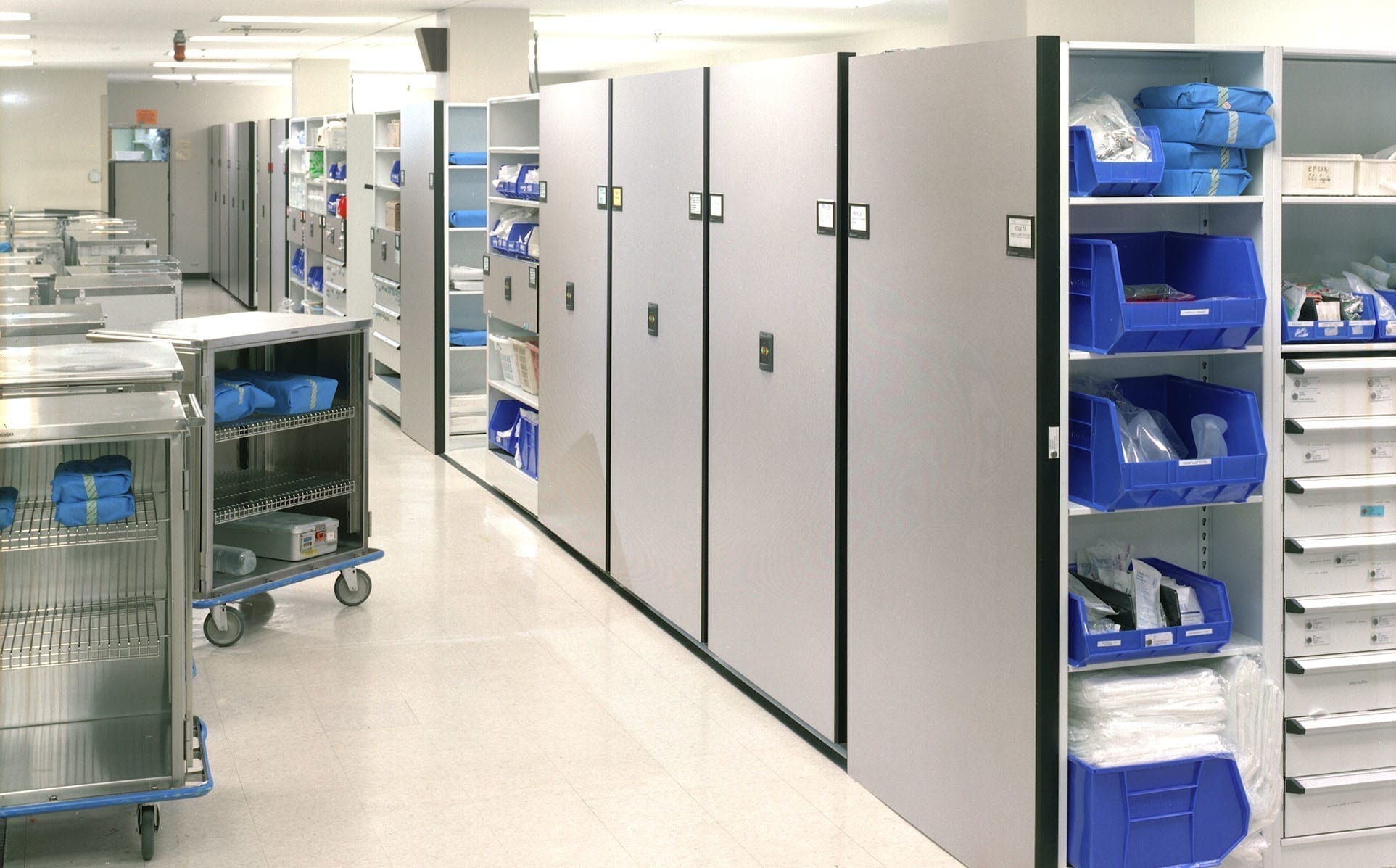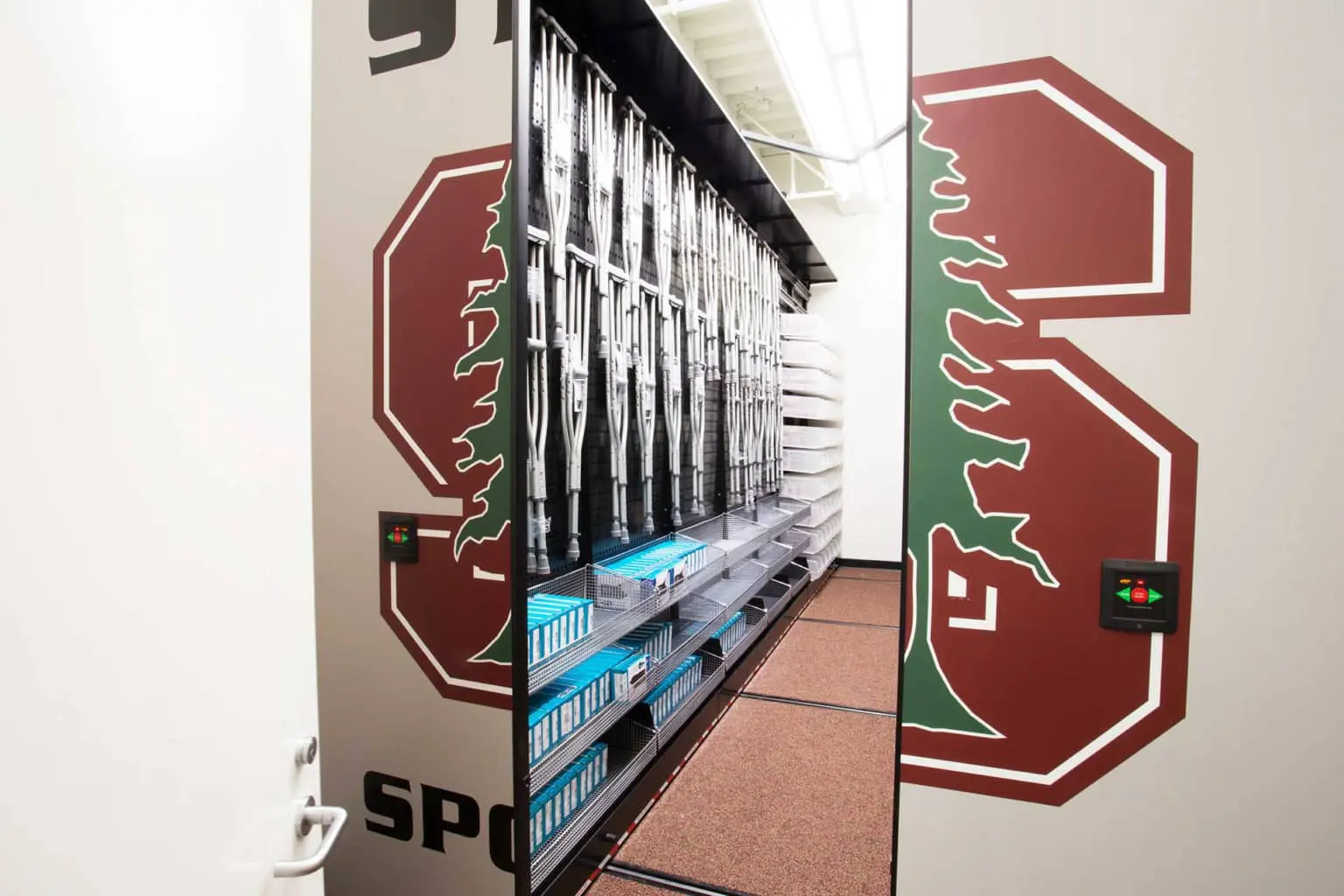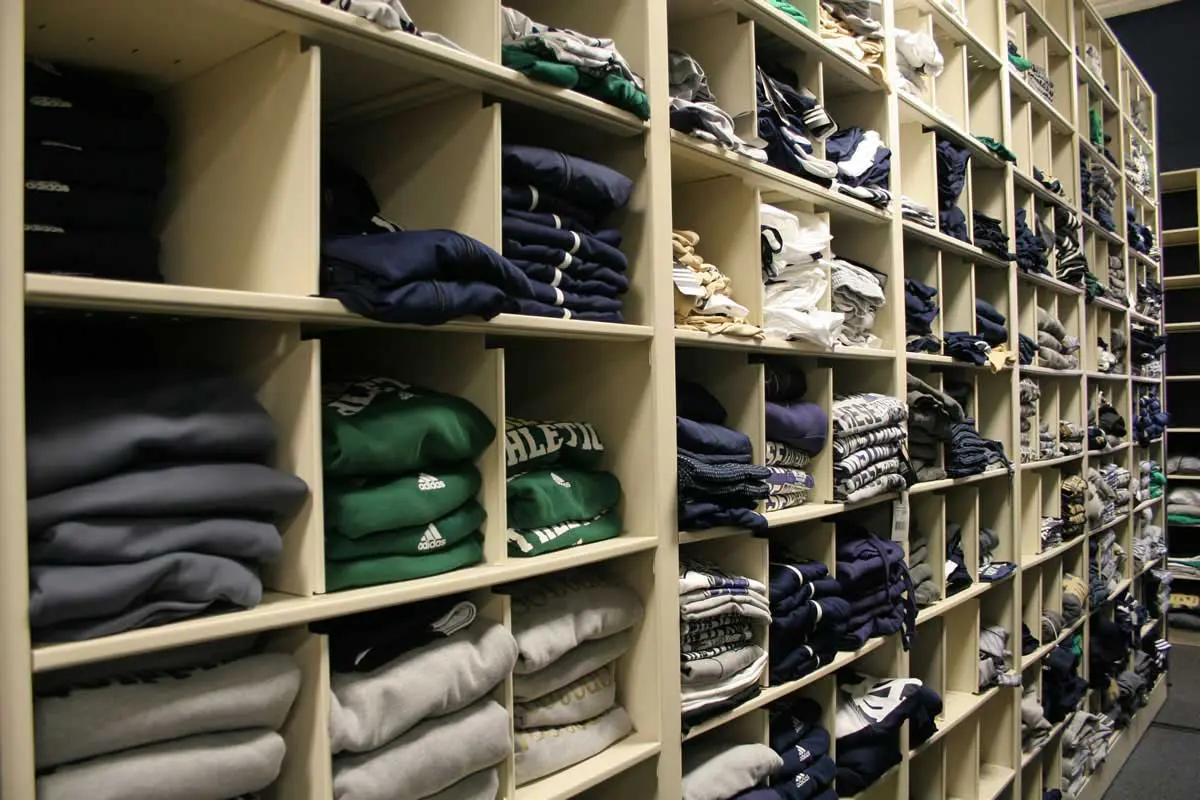
Libraries have long been bastions of knowledge and learning, serving as community hubs for generations. As we approach 2024, we want to dive into today’s rapidly evolving digital landscape. In these modern days, libraries are faced with the challenge of staying relevant and meeting the changing needs of their patrons. One innovative solution we’ve seen that has transformed libraries and enhanced their services in 2023 (and one we expect to continue in 2024) is the adoption of smart locker solutions for library item pick-ups and drop-offs.
The Evolution of Libraries
Libraries have come a long way from the traditional image of rows of dusty books and stern librarians. They have evolved into dynamic community spaces offering a wide range of services beyond lending books. In 2024, libraries will continue to serve as hubs for digital learning, provide access to multimedia resources, and offer programs that cater to diverse interests and age groups.
Despite these advancements, libraries face challenges in staying relevant and accessible. With the increasing demand for digital resources and the need for contactless services, libraries are seeking innovative ways to transform and modernize their operations. This is where smart locker solutions come into play.
What Are Smart Locker Solutions?
Smart locker solutions are automated, self-service storage systems equipped with advanced technology and security features. They are designed to securely store and dispense a variety of items, including books, media, electronic devices, and more. These lockers are accessible to patrons through a user-friendly interface, allowing them to pick up and return items at their convenience.
Key Features of Smart Locker Solutions
Security: Smart lockers are equipped with state-of-the-art security features, including biometric authentication, PIN codes, and surveillance cameras, ensuring the safety of stored items.
Accessibility: They are available 24/7, providing patrons with convenient access to library materials outside regular hours.
Contactless Service: In a post-pandemic world, contactless services are highly desirable. Smart lockers offer a touchless experience for patrons, minimizing physical interactions.
Inventory Management: Libraries can efficiently manage their inventory, track item circulation, and monitor locker usage through integrated software.
Versatility: These lockers can store a wide range of items, from books and laptops to multimedia equipment, making them versatile solutions for libraries.
Transforming Library Services
1. Improved Accessibility
Smart locker solutions address one of the key challenges libraries face: limited accessibility. With smart lockers strategically placed in different locations, libraries can extend their reach into communities that may not have easy access to a physical library branch. Patrons can pick up and return items at lockers located in convenient places, such as shopping centers, community centers, or transit hubs.
2. Extended Hours
Traditional library hours can be limiting for many patrons. Smart lockers break free from these constraints by offering 24/7 accessibility. This flexibility allows individuals to access library materials at any time, accommodating busy schedules and differing time zones.
3. Enhanced Patron Experience
Smart lockers contribute to an improved patron experience in several ways:
Convenience: Patrons can quickly retrieve reserved items without waiting in line or adhering to library operating hours.
Reduced Queues: The self-service aspect of smart lockers reduces the need for staff involvement in mundane tasks, allowing librarians to focus on more specialized services and assistance.
Personalization: Lockers can be customized to display messages, promotions, or event announcements, enhancing the library’s engagement with its users.
4. Streamlined Operations
Smart locker solutions streamline library operations by automating routine tasks:
Inventory Management: Libraries can easily monitor item circulation and locker usage, optimizing the allocation of resources.
Resource Allocation: Staff resources can be reallocated from manual check-ins and check-outs to more personalized patron services.
Data Insights: Data collected from locker usage can inform collection development and resource allocation decisions.
5. Adaptation to Digital Services
As libraries increasingly offer digital resources such as e-books and audiobooks, smart lockers play a pivotal role in bridging the digital divide. Patrons can access digital content through smart lockers, receiving access codes or links to digital materials in a secure and user-friendly manner.
Frequently Asked Questions (FAQ)
Q1: Are smart locker solutions suitable for all types of libraries?
A1: Smart locker solutions are adaptable and can be customized to meet the needs of different types of libraries, including public, academic, and corporate libraries.
Q2: How do patrons access items from smart lockers?
A2: Patrons can access smart lockers using various methods, including biometric authentication, PIN codes, or QR codes, depending on the locker’s configuration.
Q3: Can libraries use smart lockers for returns as well?
A3: Yes, smart lockers are designed for both item pickups and returns, providing a complete self-service experience for patrons.
Q4: Are smart locker solutions cost-effective for libraries?
A4: While the initial investment in smart locker technology can be significant, many libraries find that the long-term benefits, including increased efficiency and enhanced patron services, outweigh the costs.
Q5: Can smart lockers help libraries track the use of digital resources?
A5: Yes, smart lockers can be integrated with library management systems to track the distribution of digital access codes, providing valuable insights into the usage of digital resources.
Q6: Are smart lockers secure for storing valuable library items?
A6: Smart lockers are equipped with advanced security features, including surveillance cameras, tamper-proof locks, and secure access controls, making them suitable for storing valuable and sensitive library materials.
Q7: Can libraries customize the appearance of smart lockers to match their branding?
A7: Yes, smart lockers can be customized with library branding, logos, and messages to create a cohesive and branded experience for patrons.
Q8: Do smart locker solutions require a significant amount of maintenance?
A8: Smart locker solutions are designed for low maintenance, with robust hardware and software systems that are reliable and require minimal upkeep.
Q9: Can libraries track the usage of individual lockers?
A9: Yes, libraries can monitor the usage of individual lockers, allowing for efficient allocation of locker space and resources.
Q10: How can libraries get started with implementing smart locker solutions?
A10: Libraries interested in adopting smart locker solutions should contact reputable vendors or providers who specialize in library automation and smart locker technology. A vendor can provide guidance on system selection, customization, and implementation.
Conclusion
Smart locker solutions are revolutionizing libraries by improving accessibility, extending operating hours, enhancing the patron experience, streamlining operations, and adapting to the digital age. As libraries continue to evolve and meet the changing needs of their communities, smart lockers offer a modern and efficient solution to ensure that libraries remain valuable and accessible hubs of knowledge and learning.



